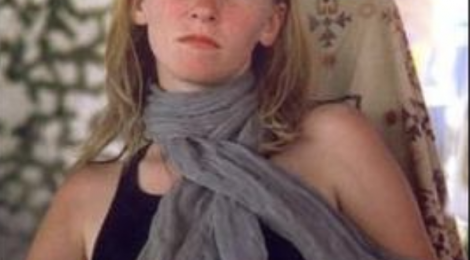
Rachel Corrie
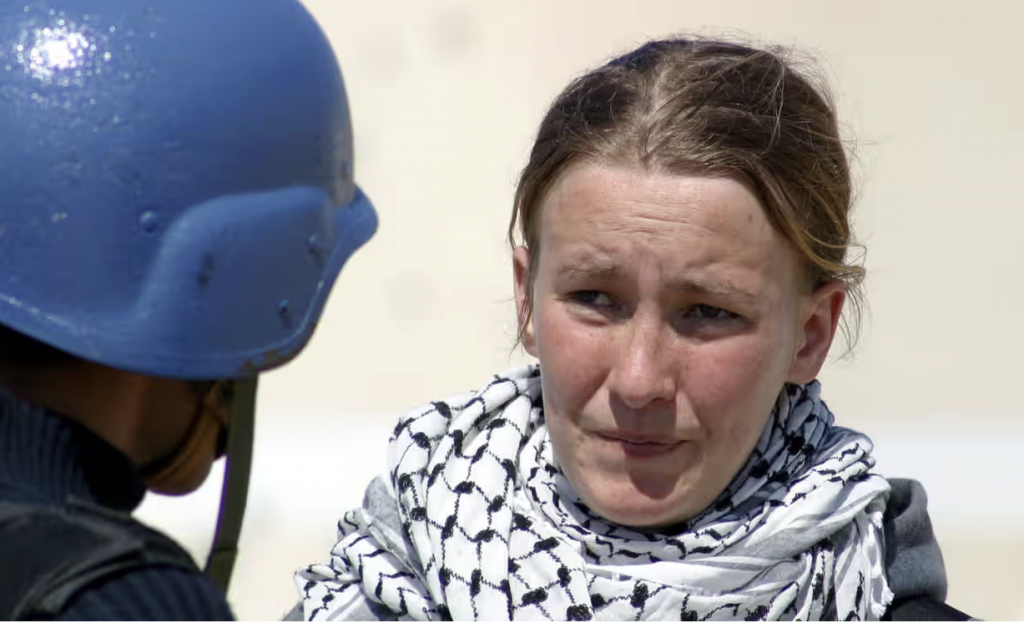
On World Hunger.
By Rachel Corrie, aged 10 (1990)
I’m here for other children.
I’m here because I care.
I’m here because children everywhere are suffering and because forty thousand people die each day from hunger.
I’m here because those people are mostly children.
We have got to understand that the poor are all around us and we are ignoring them.
We have got to understand that these deaths are preventable.
We have got to understand that people in third world countries think and care and smile and cry just like us.
We have got to understand that they dream our dreams and we dream theirs.
We have got to understand that they are us. We are them.
My dream is to stop hunger by the year 2000.
My dream is to give the poor a chance.
My dream is to save the 40,000 people who die each day.
My dream can and will come true if we all look into the future and see the light that shines there.
If we ignore hunger, that light will go out.
If we all help and work together, it will grow and burn free with the potential of tomorrow.

Rachel was born in 1979. She was raised in Olympia Washington, the youngest of three children of Craig Corrie, an insurance executive, and Cindy Corrie. “Average Americans, politically liberal, economically conservative, middle class”.
Rachel graduated local high school then attended Evergreen state college, a famously liberal university in Olympia, itself a famously liberal town. She began railing against how “the highest level of humanity is expressed through what we choose to buy at the mall”.
After September 11, she became involved in community activism, organizing a peace march, but questioned the wider relevance of what she was doing:
“People [are] offering themselves as human shields in Palestine and I am spending all of my time making dove costumes and giant puppets.”
When she finally decided that she wanted to go to the Middle East, she explained her reason quite specifically: “I’ve had this underlying need to go to a place and meet people who are on the other end of the portion of my tax money that goes to fund the US and other militaries.”
She took a year off from her studies to work as a volunteer in the Washington State Conservation Corps. She spent three years making weekly visits to mental patients.
While at Evergreen State College Rachel became a “committed peace activist” arranging peace events through a local pro-ISM group called “Olympians for Peace and Solidarity”. She later joined the International Solidarity movement (ISM) organisation in order to protest the policies of the Israeli army in the West Bank and Gaza Strip. In her senior year, she “proposed an independent-study program in which she would travel to Gaza, join the ISM team, and initiate a ‘sister city’ project between Olympia and Rafah“. Before leaving, she also organized a pen-pal program between children in Olympia and Rafah.
Sometime in 2003 she traveled to the Middle East as an activist and writer. In 2003, while in Rafah, Corrie stood in front of armored bulldozers, in an attempt to impede aggressive militant house demolitions carried out by Israeli military carrying out”collective punishment” by demolishing Palestinian homes. Israel authorities said that demolitions and forced eviction of residents were necessary because Israel had the right to defend itself. Corrie stood with other foreign activists who tried to prevent the Israeli army’s activities by acting as human shields. Protecting Palestinians.
On Corrie’s first night in Rafa, she and two others set up camp inside Block J, which the ISM described as “a densely populated neighborhood along the Pink Line and frequent target of gunfire from an Israeli watchtower”. By situating themselves visibly between the Palestinians and the Israeli snipers manning the watchtowers they hoped to discourage shooting by displaying banners stating that they were “internationals”. When Israeli soldiers fired warning shots, Corrie and her colleagues dismantled their tent and left the area.
“Late January and February 2003 was a very crazy time. There were house demolitions taking place all over the border strip and the activists had no time to do anything else. They were not only brave; they were crazy.” Fortunate Westerners with means volunteering to help the victims of a horrific oppression.
The safety of the protestors was frequently jeopardized by these confrontations; a British participant was wounded by shrapnel while retrieving the body of a Palestinian man killed by a sniper. An Irish ISM activist had a close encounter with an armored bulldozer. The Israelis were growing tired of foreigners interfering with their right to defend Israel by demolishing civilian homes.
When Rachel arrived in Rafah in the Gaza Strip she wrote about her experiences. Her Gaza dispatches are hard-hitting and intense. Published in entirety by The Guardian and others. On arrival in Jerusalem she was shocked to see the Star of David spray-painted on to doors in the Arab section of the old city: “I have never seen the symbol used in quite that way… I am used to seeing the cross used in a colonialist way”.
In Gaza, she carried the body of a dead man on a stretcher while the Israeli army shot in front of her. But mostly her activism involved protection: staying overnight in the homes of families on the front line to stop their demolition; standing in front of water workers at a well in Rafah as they came under fire; “close enough to spray debris in their faces”.
Before her death, Rachel believed, as did many activists, that her “international white person privilege” would keep her relatively safe. Witnessing the occupation in action inspired in Rachel her strongest writing; in her last days her rage and bafflement at what she saw led to work of astonishing and cumulative power.
On March 16, 2003, the Israeli Army was engaged in an operation involving the demolition of Palestinian houses in Rafah. Rachel was with three British and four American ISM activists attempting to disrupt the IDF operation. Rachel placed herself in the path of a Caterpillar D9R armored bulldozer acting as a human shield to prevent the destruction of the home belonging to local pharmacist Samir Nasrallah.
Rachel believed the Israeli driver would stop. White privilege was on her side. An Israeli soldier would not kill a young American woman. She was wrong.
After she was crushed by the bulldozer she was taken by ambulance to the Palestinian Najar hospital, arriving at the emergency room at 5:05 pm, still alive but in critical condition. At 5:20 pm she was declared dead. As is all too common the killer did not confess. Instead a flood of explanations followed. An Israeli military officer testified in court that Rachel’s death was accidental because the bulldozer operator did not see her due to the vehicle’s obstructed view. He claimed on that day the Israeli Army were only clearing vegetation and rubble from houses that were previously demolished, and that no new houses were slated for demolition. So, obviously the driver had no reason to run over an American woman shouting at him for demolishing a house she believed she was protecting because he was not demolishing houses at all.
Whether the Israeli military claimed damages against her family for hitting the Israeli Army bulldozer with her head remains unclear.
Rachel’s death was the first of a string of killings of westerners in Gaza in spring 2003, as the war was taking place in Iraq: All the deaths had nothing to do with the Israeli army.
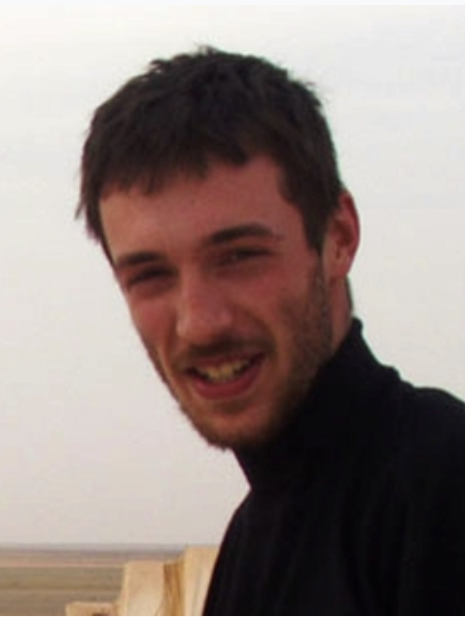
On 11 April 2003 Briton Tom Hurndall, 22, was shot in the head in the Gaza Strip by Israeli army sniper Taysir Hayb.
Hurndall was left in a coma and died nine months later. Israeli soldier Hayb was convicted of manslaughter and obstruction of justice by an Israeli military court in April 2005 and sentenced to eight years in prison. On 10 April 2006, a British inquest jury returned a verdict of unlawful killing.
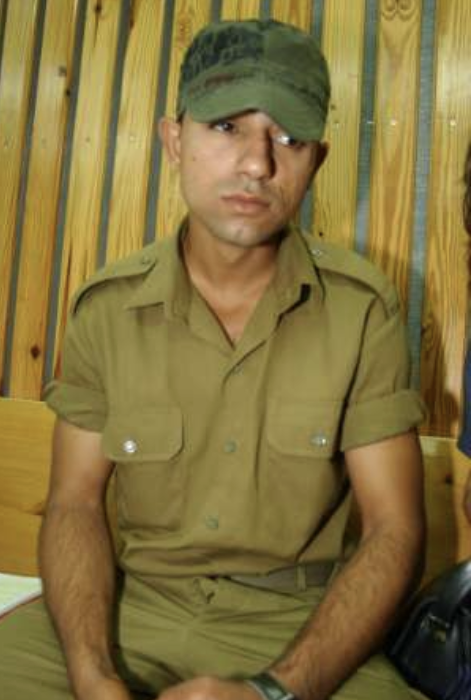
Hayb was released on September 8, 2010, after having served six-and-a-half years of his sentence for executing Tom Hurndall, 22. An Israeli army committee headed by Advocate-General Avichai Mandelblit decided to shorten his sentence due to good behavior.
Another Briton James Miller (18 December 1968 – 2 May 2003) a Welsh cameraman, producer, and director, and recipient of numerous awards, including five Emmy Awards was killed by Israeli Army gunfire while filming a documentary in the Gaza Strip.
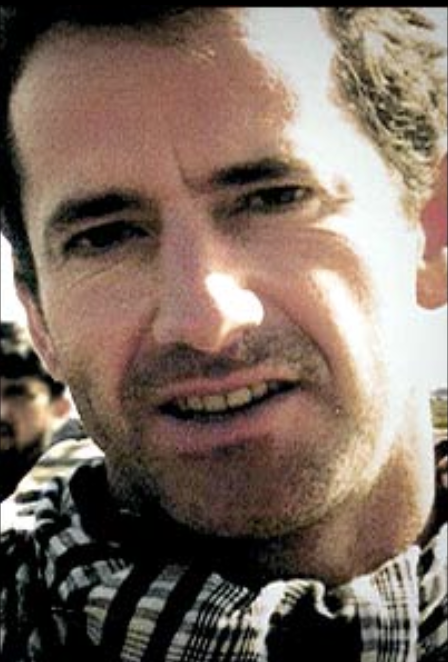
James Miller was 34 when he was shot on May 2. The Israeli investigation into Miller’s death closed on 9 March 2005 with an announcement that the soldier suspected of firing the shot would not be indicted. They could not establish that his shot was responsible, though he would be disciplined for violating the rules of engagement and for changing his account of the incident. On 6 April 2006, the inquest jury at St Pancras Coroner’s Court in London returned a verdict of unlawful killing, finding that Miller had been “murdered.” Forensic experts from the London Met concluded that the bullets that killed James were the same as those used by the Israeli Army. After meetings with the Miller family, UK Attorney General Lord Goldsmith sent a formal request to his Israeli Counterpart in June 2007 for prosecution proceedings to be enacted within six weeks against the soldier responsible for firing the shot. The requests were ignored by the Israeli government and prosecution proceedings have never been held.
Rachel was 23 when she was killed by the Israeli army, only two days before the start of the assault on Baghdad, while the world was looking elsewhere.
Joe Carr, an American ISM activist in Gaza, gave the following account in an affidavit recorded and published by the Palestinian Centre for Human Rights (PCHR):
Still wearing her fluorescent jacket, Rachel knelt down at least 15 meters in front of the bulldozer, and began waving her arms and shouting, just as activists had successfully done dozens of times that day…. When it got so close that it was moving the earth beneath her, she climbed onto the pile of rubble being pushed by the bulldozer…. Her head and upper torso were above the bulldozer’s blade, and the bulldozer operator and co-operator could clearly see her. Despite this, the operator continued forward, which caused her to fall back, out of view of the driver. He continued forward, and she tried to scoot back, but was quickly pulled underneath the bulldozer. We ran towards him, and waved our arms and shouted; one activist with the megaphone. But the bulldozer operator continued forward, until Rachel was all the way underneath the central section of the bulldozer.
Another eyewitness said it began when Rachel sat down in front of the bulldozer. He said the operator scooped her up with a pile of earth, dumped her on the ground and ran over her twice.“
Rachel’s killer, the bulldozer operator, was interviewed on Israeli TV. He claimed he had no idea she was in front of him:
You can’t hear, you can’t see well. You can go over something and you’ll never know. I scooped up some earth, I couldn’t see anything. I pushed the earth, and I didn’t see her at all. Maybe she was hiding in there.
In the words of Rachel’s parents:
” We have seen photographs of memorials held in Gaza after Rachel’s death in which Palestinian children and adults honor our daughter by carrying a mock coffin draped with the American flag. We have been told that our flag has never been treated so respectfully in Gaza in recent years. We believe Rachel brought a different face of the United States to the Palestinian people, a face of compassion. It is this image of Rachel with the American flag that we hope will be remembered most.”
The varying accounts of how she died are here. The facts are not disputed.
These deaths of protesters who lost their lives defending the victims of Israeli army tyranny against the Palestinians in Gaza are not mentioned in today’s account of Israel’s right to defend itself.
Twenty years later in that same region, Israel’s army is killing children without constraint, bombing hospitals and churches following their declared intention to kill as many as necessary to make Israel safe, while enjoying the full support of western leaders, Biden and Sunak. Both visited Israel during this ethnic cleansing genocide and did not see fit to request any cessation in the child killing. Instead, wishing Netanyahu the best in ‘Winning this war’ and agreeing that a ceasefire would not be necessary. Not even to provide the starving children dying in rubble with a bottle of clean water.
All the lives that were lost along the way speaking up for the Palestinians are made invisible in our rush to support child killing. It’s the same with mention of conditions in which bomb-mutilated children are operated on in hospitals without clean water, without anesthetic, without antiseptic, with surgical implements that are not sterilized while UN Aid convoys are prevented from delivering life saving humanitarian aid. Convoys prevented from traveling by US veto of UN Aid motion.
Had you even heard of Rachel Corrie, 23, James Miller, 34 or Tom Hurndall, 22.
This is just the very tip of an iceberg in which the Israeli American armed forces kill any voice of dissent with deadly accuracy, enormous efficiency and drooling appetite. Israel has the right to defend itself. Killing American’s and Brits where necessary when they mention why it may be wrong to mass murder children.
Remember that time in 1967 when the Israeli’s shot up a US warship. The combined air and sea attack killed 34 American crew members including naval officers, seamen, two Marines, and a civilian, wounding 171. The story of the US Liberty.
Funny how the news depends on whose selling it.
I was not paid to write this article. Just remembered Rachel Corrie on this day. #RachelCorrie would have been 44 if she had not spoken out against Zionist ethnic cleansing.
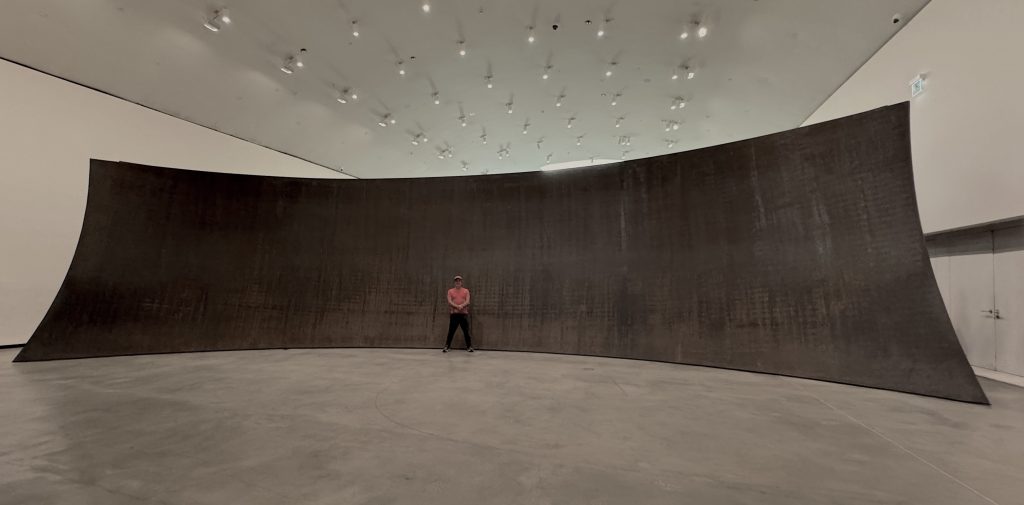
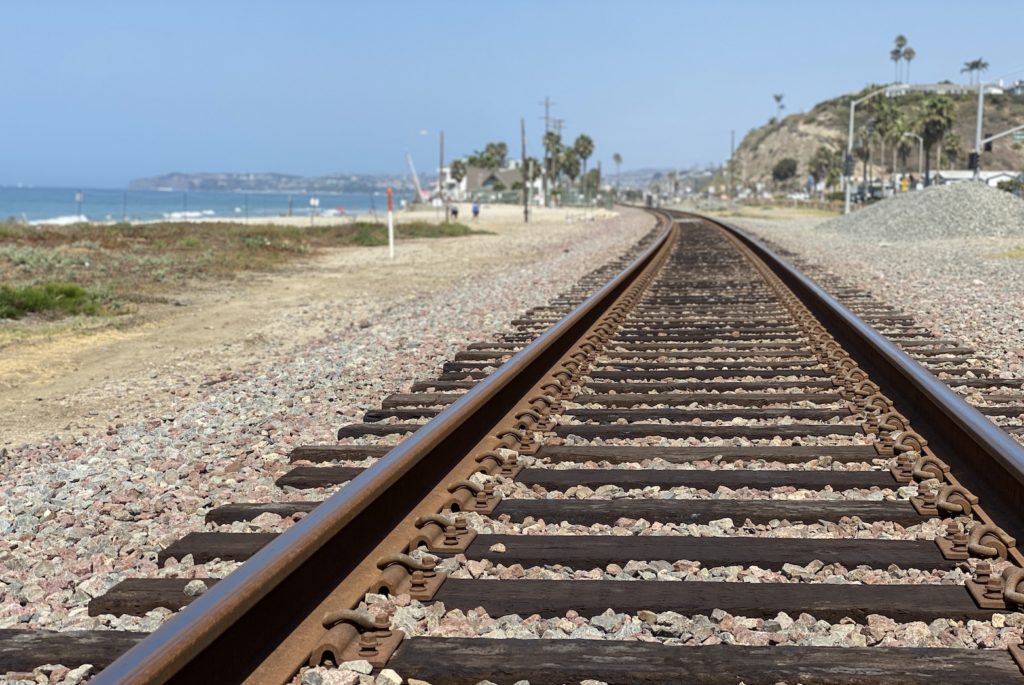
My Amazon Bookstore for Paperback and Kindle
Apple Books on EPUB here
My Paypal Patrons support is here

Comments are closed, but trackbacks and pingbacks are open.